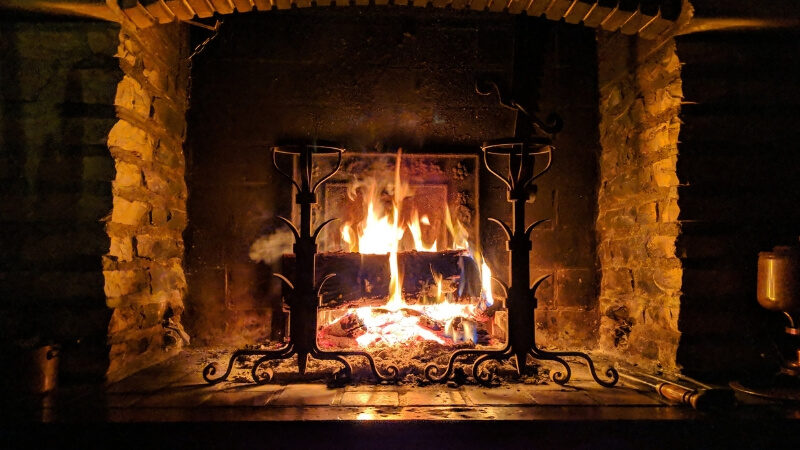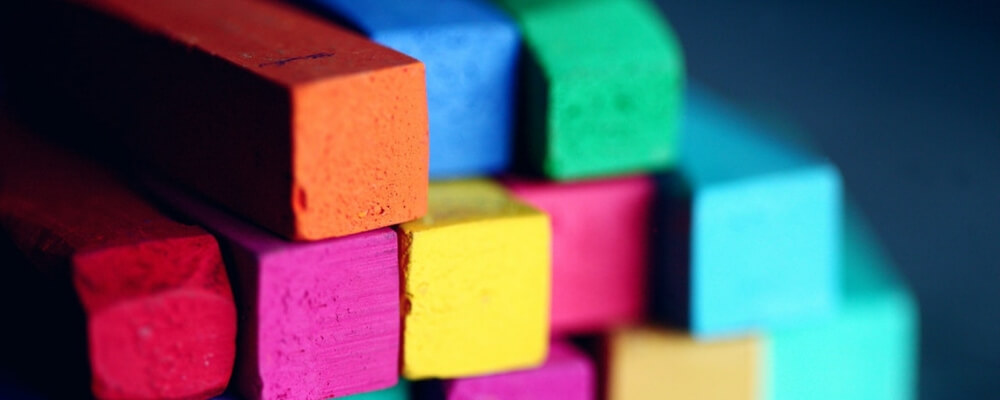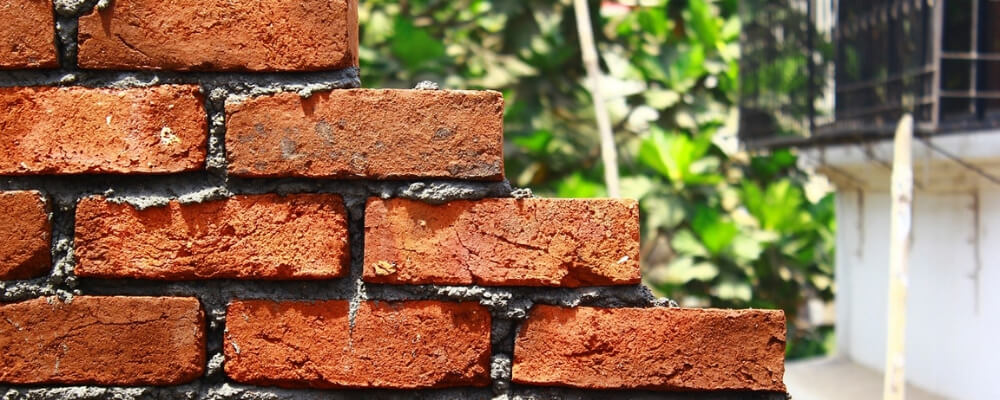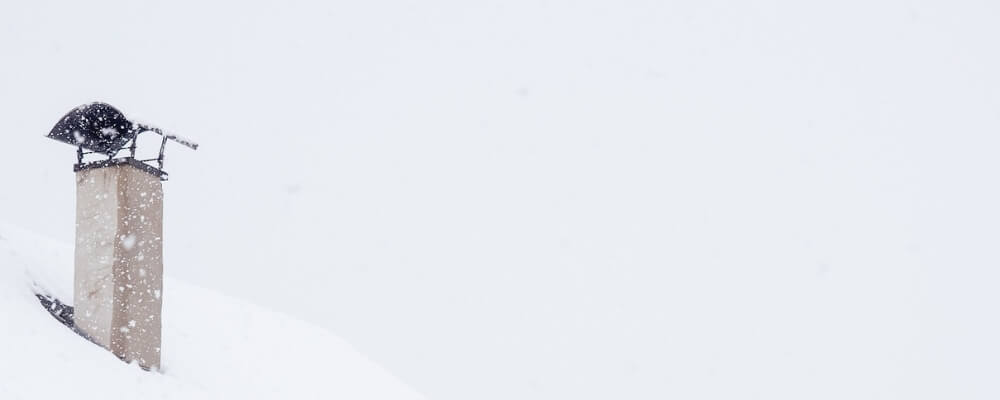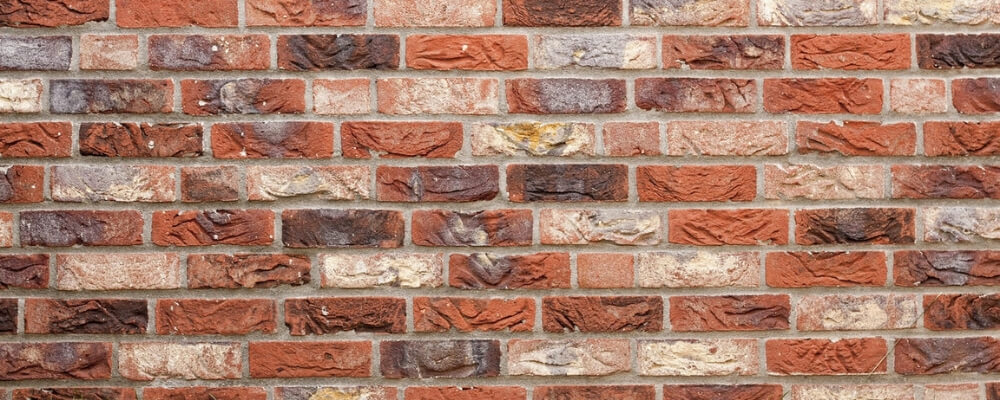A beautiful masonry fireplace is the centerpiece of many homes. It’s a gathering place where people are naturally drawn to the workmanship and warmth that it puts off.
Masonry fireplaces take a standard fireplace up a notch or two on the elegance scale due to the amount of work it requires, and the high-quality materials used to build them.
Brick fireplaces are timeless and stand the test of time. The proper construction of a masonry fireplace takes preparation to avoid costly mistakes, but the payoff is worth it.
With the right plan, the right tools, and attention to detail, a fantastic masonry fireplace that adds value to a home is achievable.
Let’s learn how to build a masonry fireplace and break down at what the basic steps are to build the perfect masonry fireplace.
1. How to build a masonry fireplace – Plan Your Build
Building a masonry fireplace isn’t something you do on a whim. It takes preparation and making choices before any cement gets mixed.
The type and size of fireplace that gets built depends on a few factors. First, materials need to be chosen. Careful thought goes into choosing the right fire-resistant bricks and mortar.
There are different types of bricks and stone that will affect the overall look and feel of a home. Weight is also a major consideration. Traditional prefabricated metal fireplaces are typically lighter than masonry fireplaces, so whether the house can structurally handle the weight needs to be determined.
It’s a good idea to measure anticipated dimensions and lay them out in the actual room to get a general impression of how it will look.
Once the plan is set, source the materials. It’s prudent to buy enough masonry material to complete the job upfront. Buying in stages could spell disaster if materials run short.
No one wants a masonry fireplace with mismatched bricks. Same goes with the stone needed for the veneer. Think about buying a bit more material than expected to allow for small mistakes during the building phase.
2. Lay the Groundwork
As mentioned, masonry fireplaces are a lot heavier than many of the prefabricated fireplaces found in homes today. Enough of a cement base should be laid to account for the extra weight.
The depth will depend on the size and weight of the planned chimney. Generally, the base of a masonry fireplace needs to be wider to accommodate how heavy it is.
A good rule of thumb is to make footings at least 12 inches thick for two story homes, and eight inches at least for single story houses. These dimensions aren’t something that should be ballparked, but rather adjusted to each specific fireplace.
Anyone who is unsure about how large a base should be needs to contact an experienced masonry professional for help. It can be a costly mistake. Most masonry fireplaces are elevated off the floor a certain degree, so bricks need to be laid to achieve the desired height.
3. The Brickwork
The size of fireplaces will vary, but masonry fireboxes should be at least four inches thick and 20 inches deep. Brickwork should be strong enough to hold any decorative stone or other materials used on the exterior of the fireplace.
Building codes vary, but typically allow for two inches between all sides of the brickwork and any combustible materials like a wooden frame or floors. Fill the gaps with sheet metal or some of non-flammable material.
When laying the brickwork, make sure to check periodically with a level that things are in line. Using a spacer is the best way to make sure the bricks are laid evenly.
As the fireplace gets high enough, start laying the flue tiles and seal them with mortar. There need to be at least four inches between the chimney bricks and all four sides of a flue tile. Flue tiles can be hard to place if the chimney gets too high.
4. Place the Chimney Cap
Once the brickwork is finished, the chimney cap can be placed. A chimney cap is the covering at the top of the chimney that prevents birds and large debris from entering the flue.
The right cap fitting will prevent thousands of dollars in repair costs, so a great deal of attention should be paid to choosing a high-quality cap and making sure it goes on correctly.
Basically, there are three choices for chimney caps: galvanized metal, copper or stainless steel. If you have the budget, opt for stainless steel or copper for the most durability.
5. Finishing Touches
Now that the masonry fireplace is structurally sound, it’s time to think about the finishing touches. There are a lot of options for masonry fireplaces like paint or exposed brick, but one of the most popular choices is a stone veneer.
Work on a stone veneer should only begin after all the mortar is dry so the fireplace can be properly cleaned. Stone can only bond well to smooth, clean surfaces.
The first layer of mortar should be placed on the fireplace and allowed to set overnight. When it’s time to place the stones, spread mortar on the back of them and press them against the fresh layer of mortar.
After all the stones are situated the way they should be, a mortar bag can be used like piping lines of icing on a cake to squeeze mortar into the lines and cracks.
Masonry Fireplaces are a Great Addition to Any Home
Masonry fireplaces are great for new construction or to replace a prefab fireplace in an existing home.
They add a level of refinement to a house that is enduring. After the mason work is finished, homeowners can enjoy nights by the fire, or just looking at it to appreciate the workmanship that was involved in building it.
One thing to keep in mind after the work is complete is to keep an eye out for cracks or uneven settling. Masonry fireplaces are famously durable but can deteriorate over time if there are faults in the build.
Make sure to conduct spot checks on a regular basis and remediate issues quickly to avoid extensive repairs.

